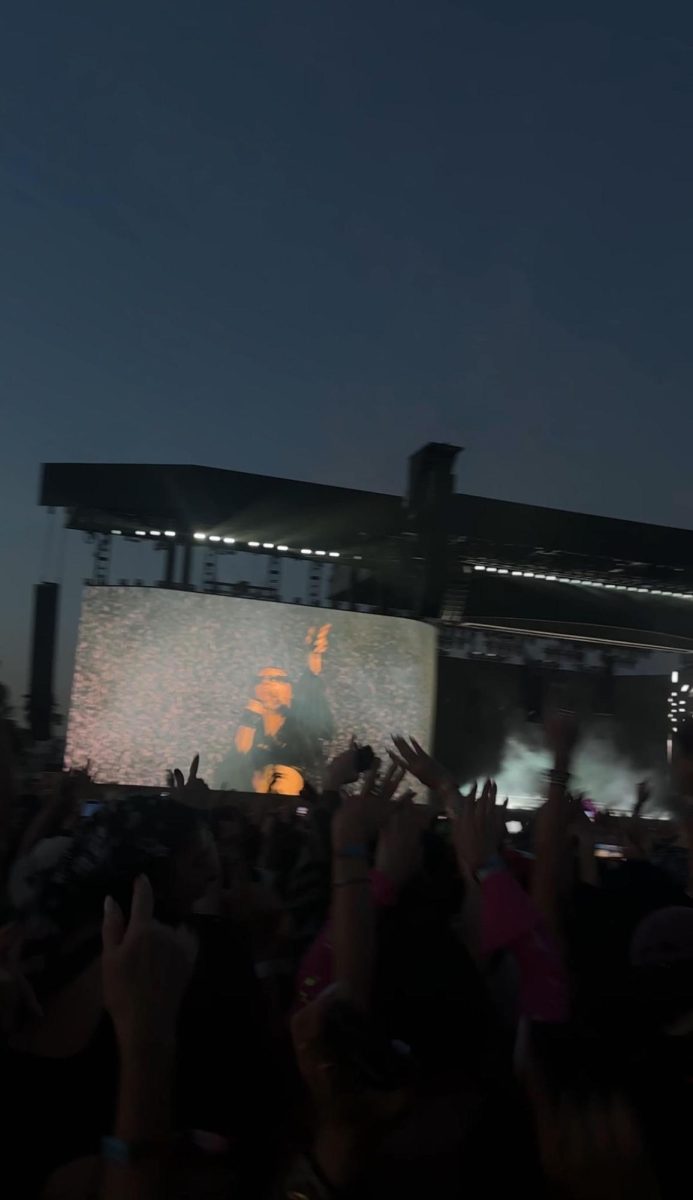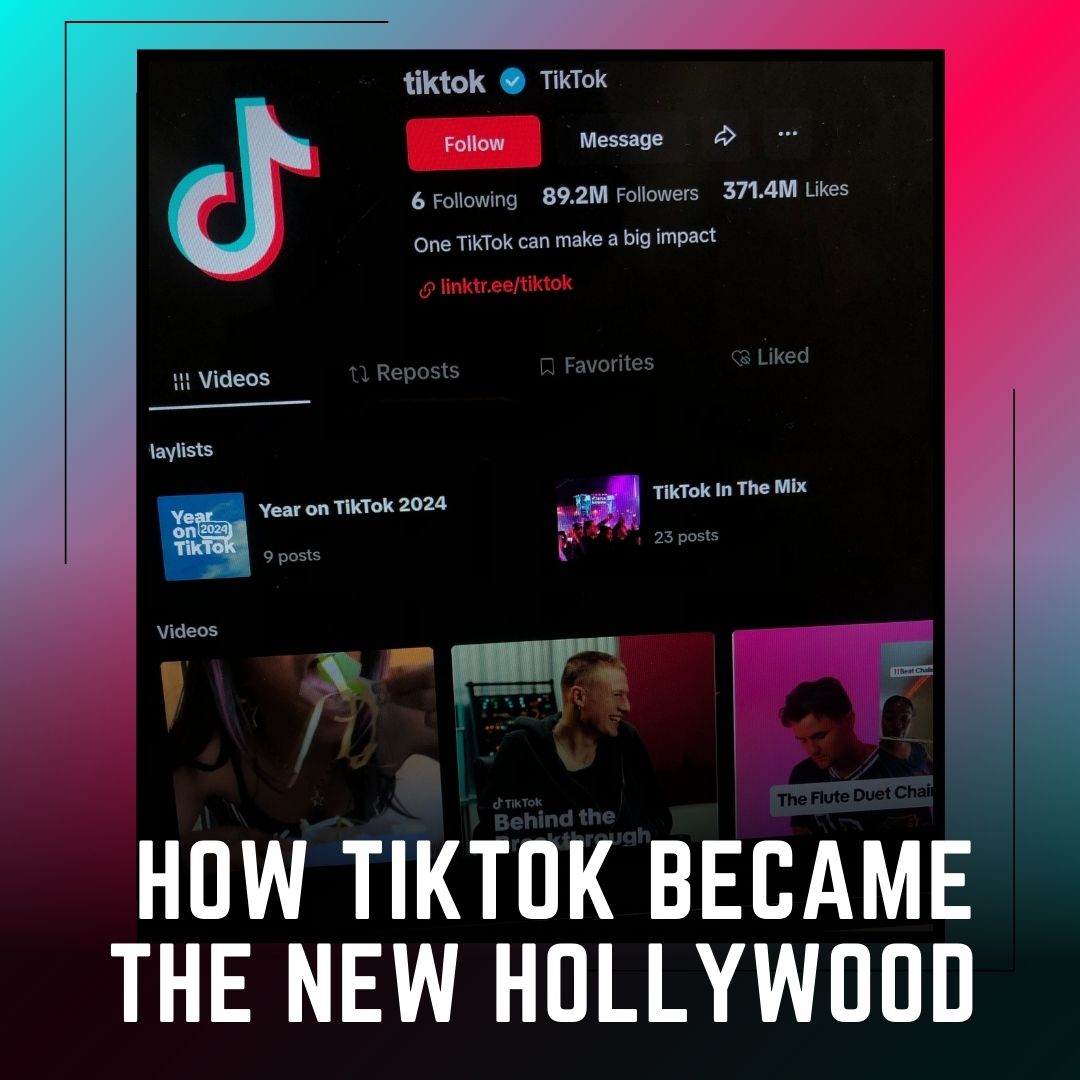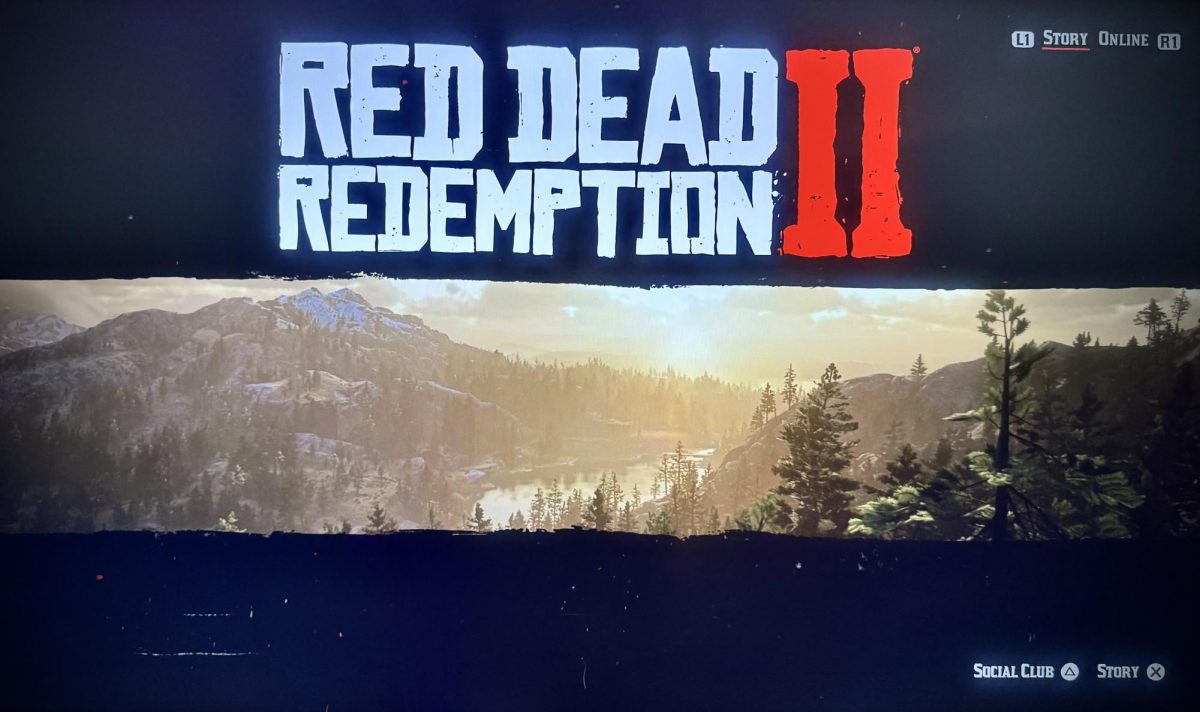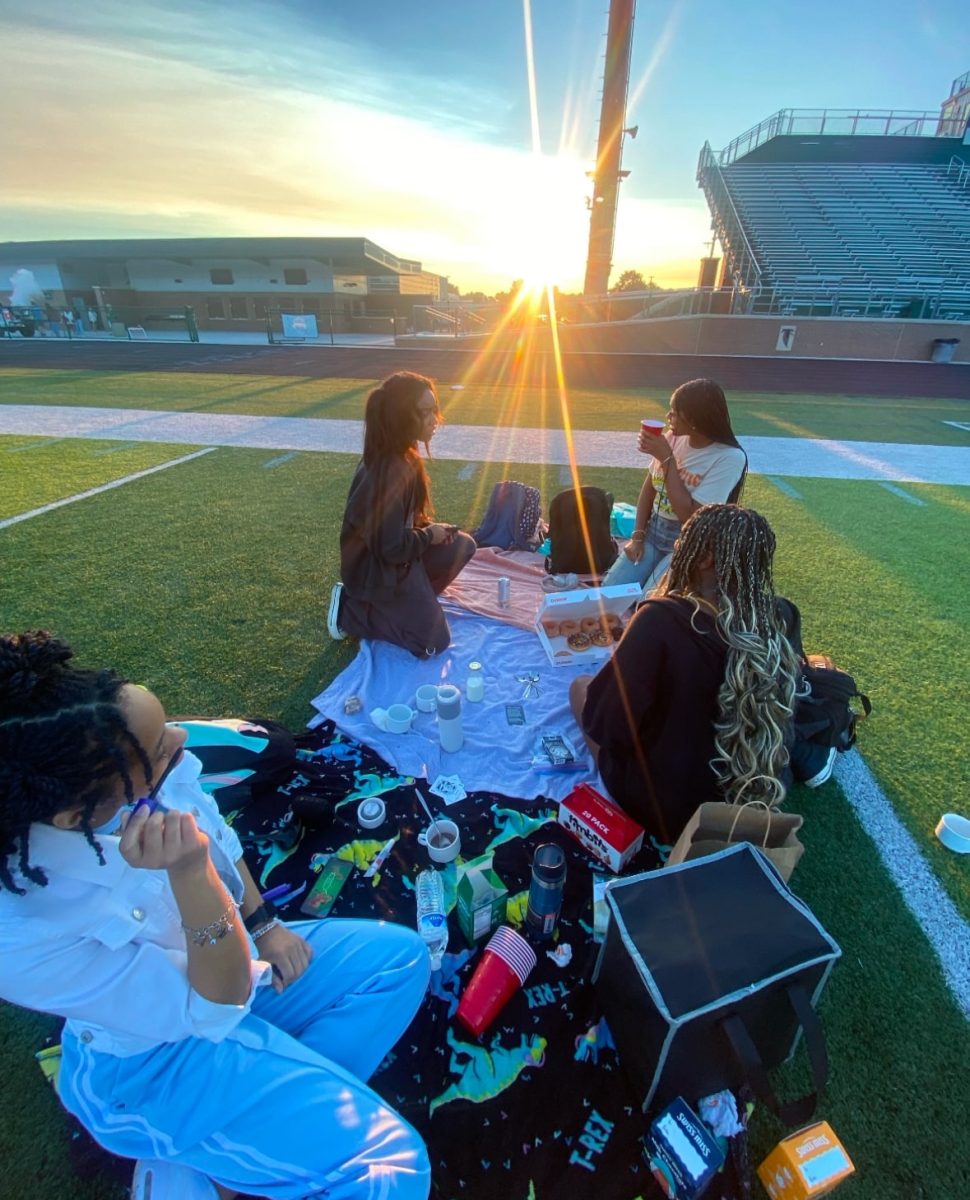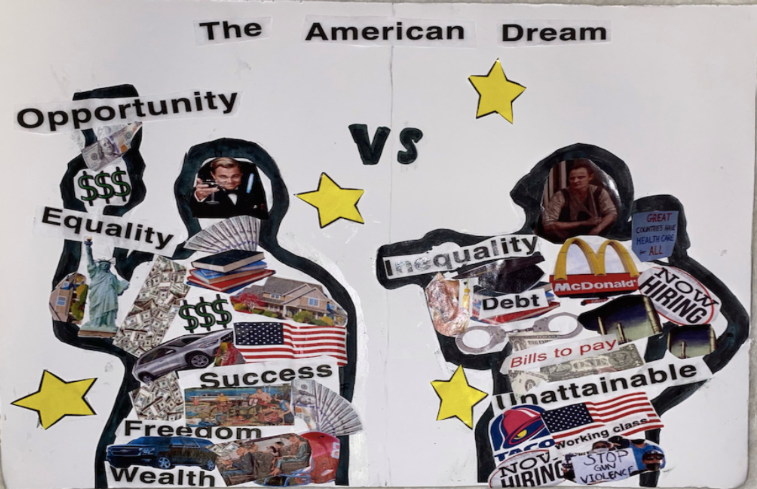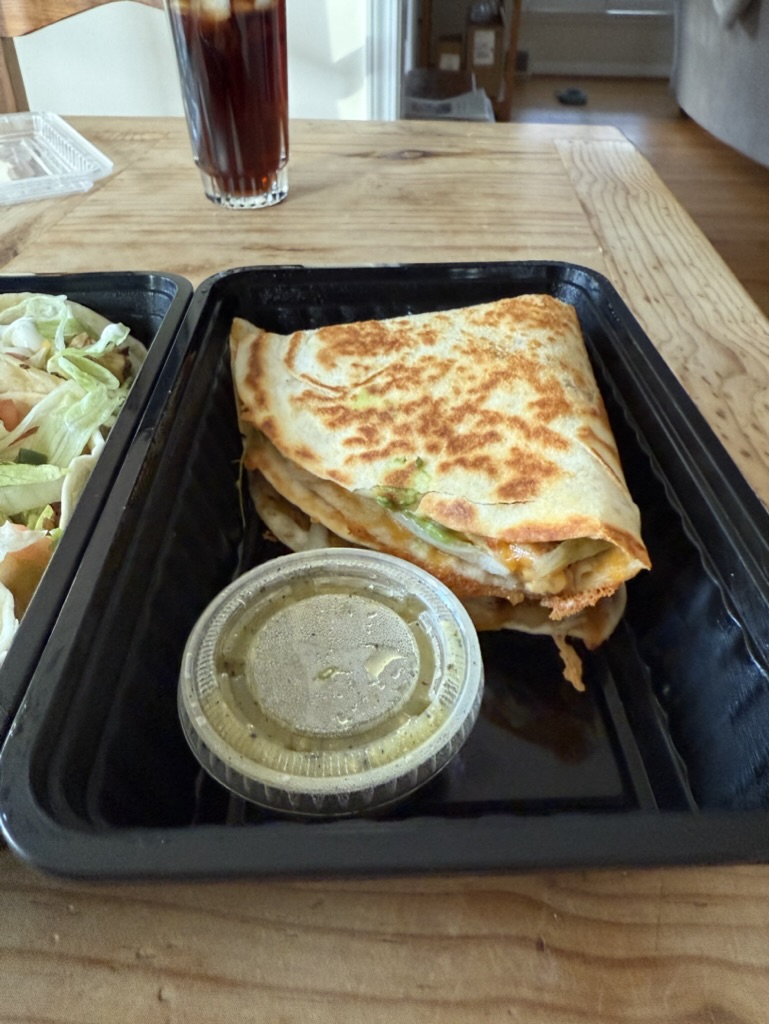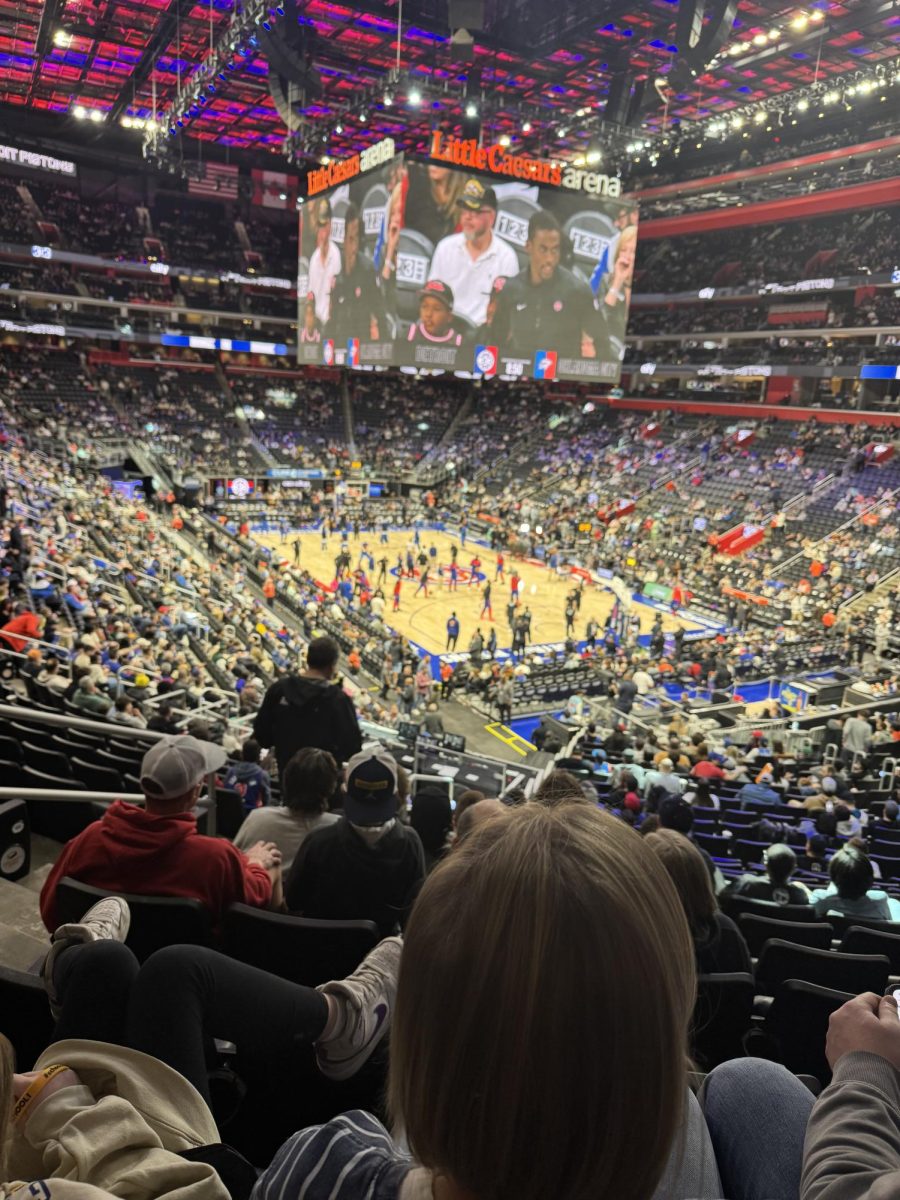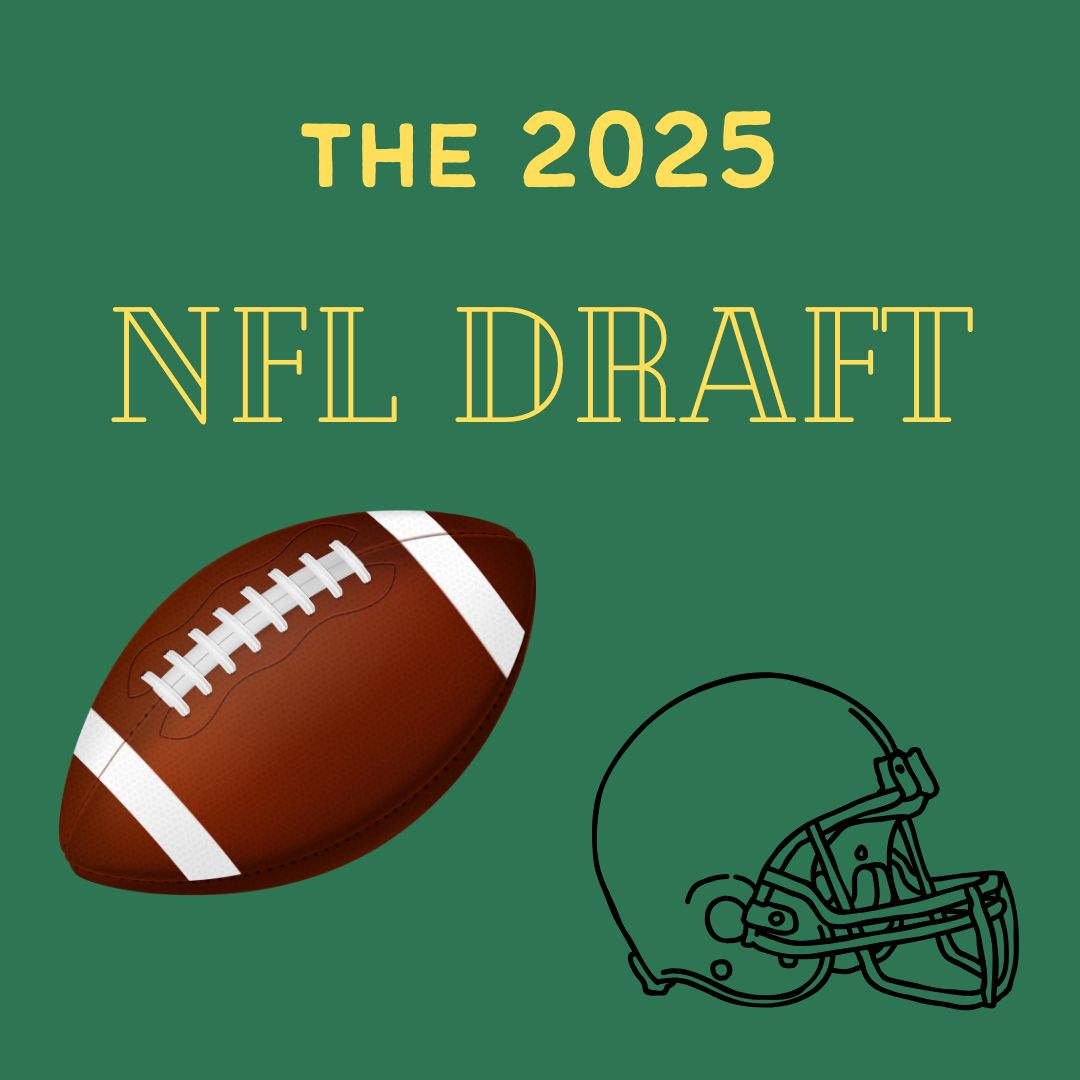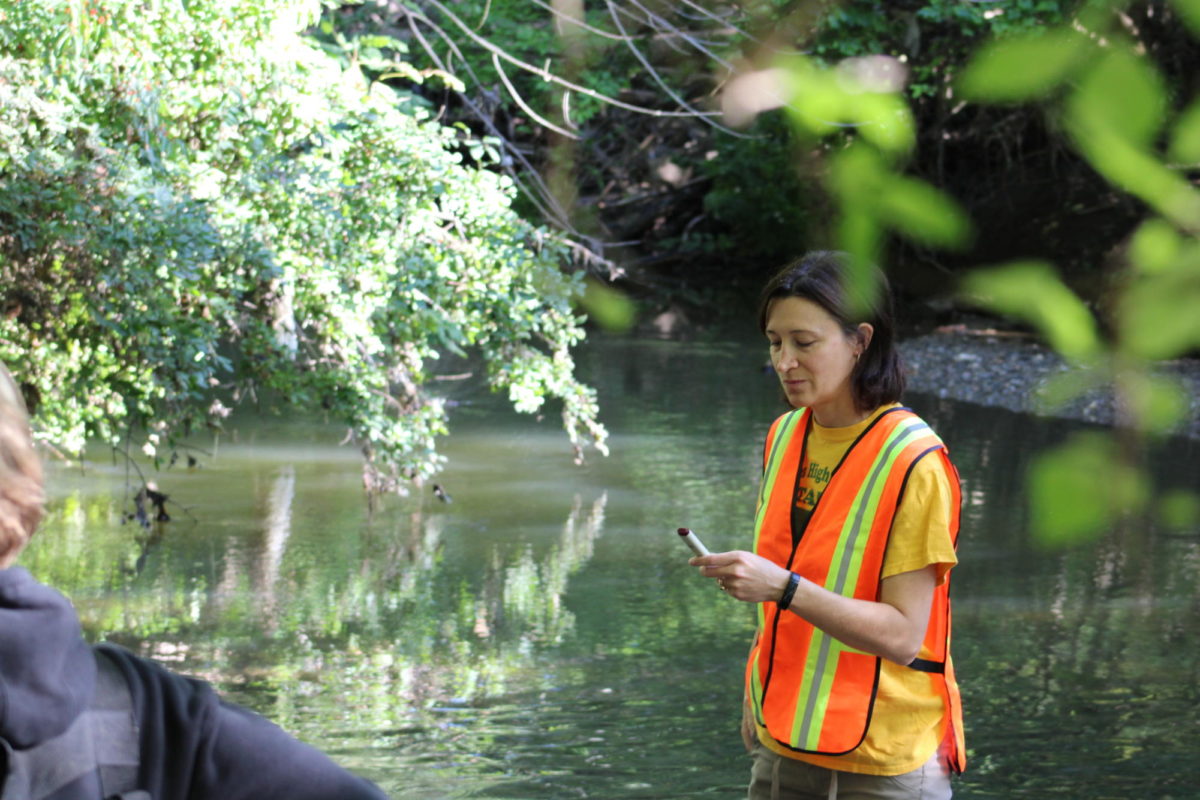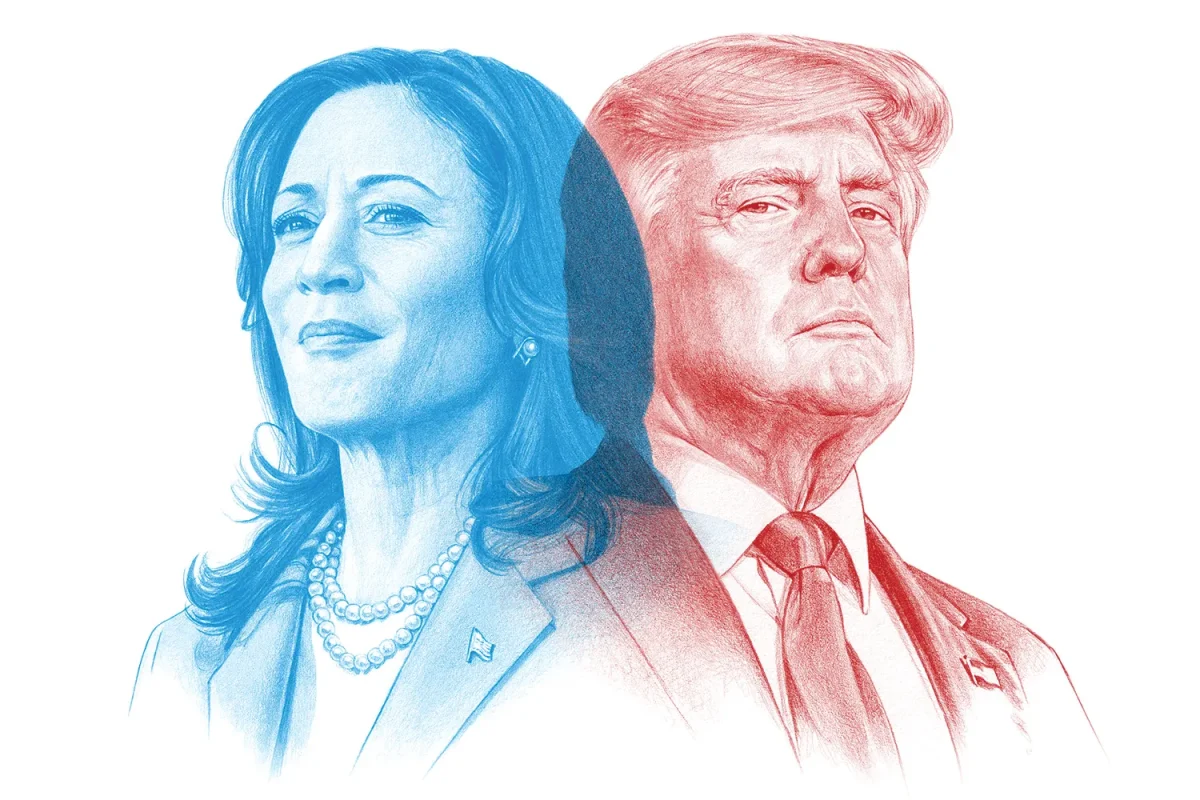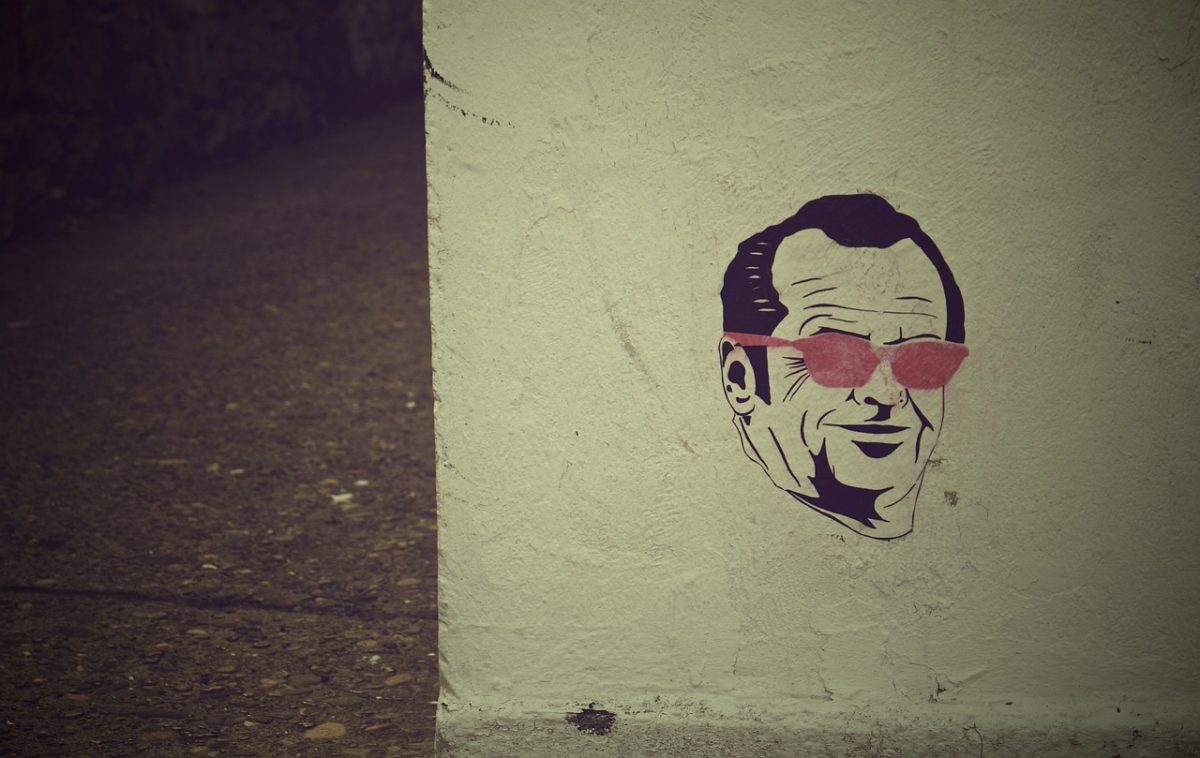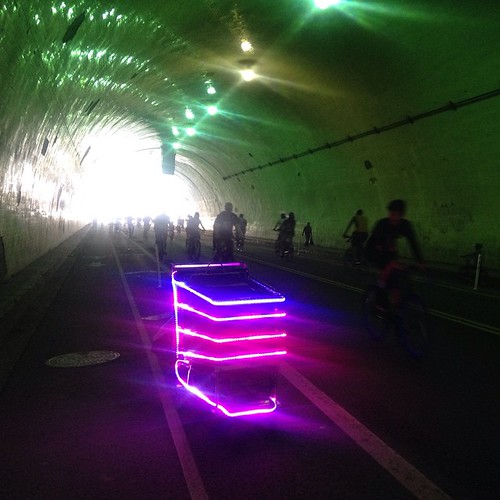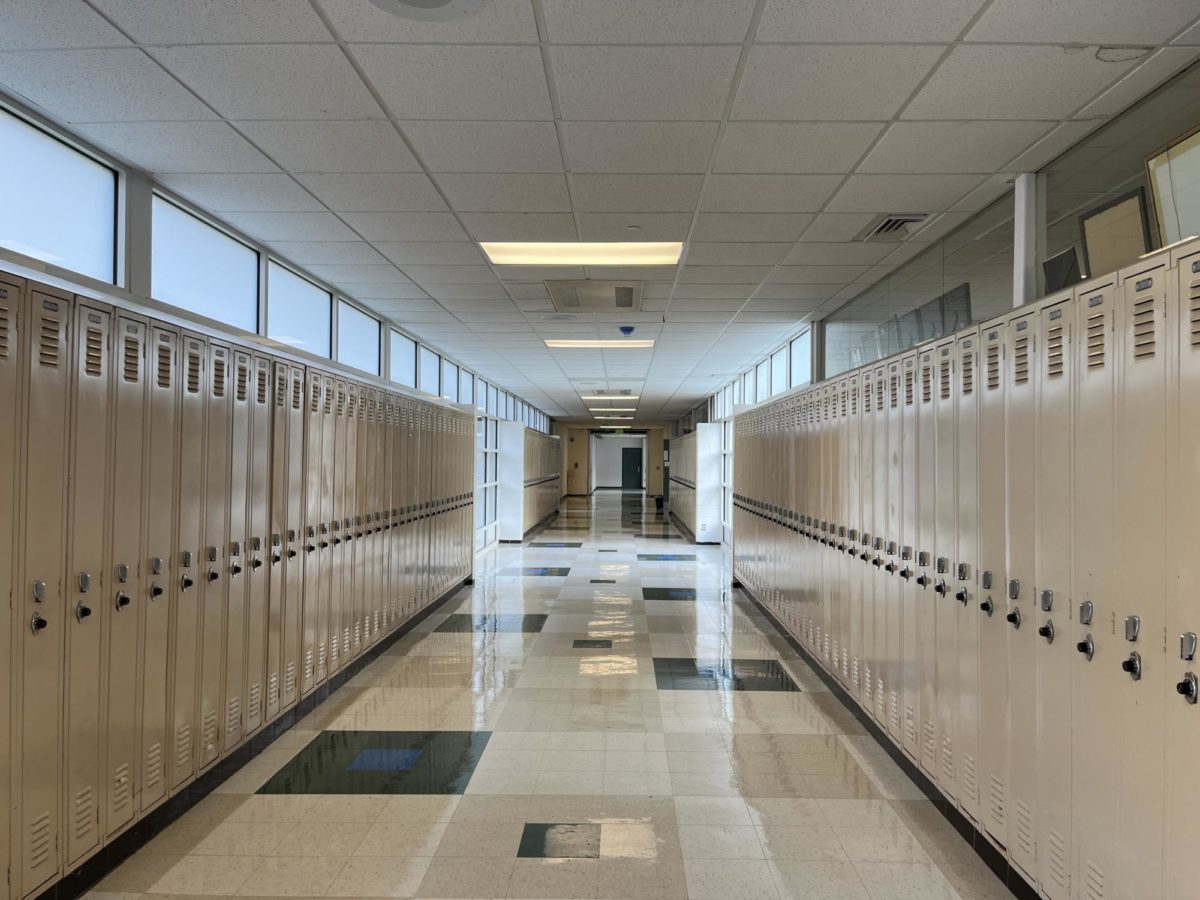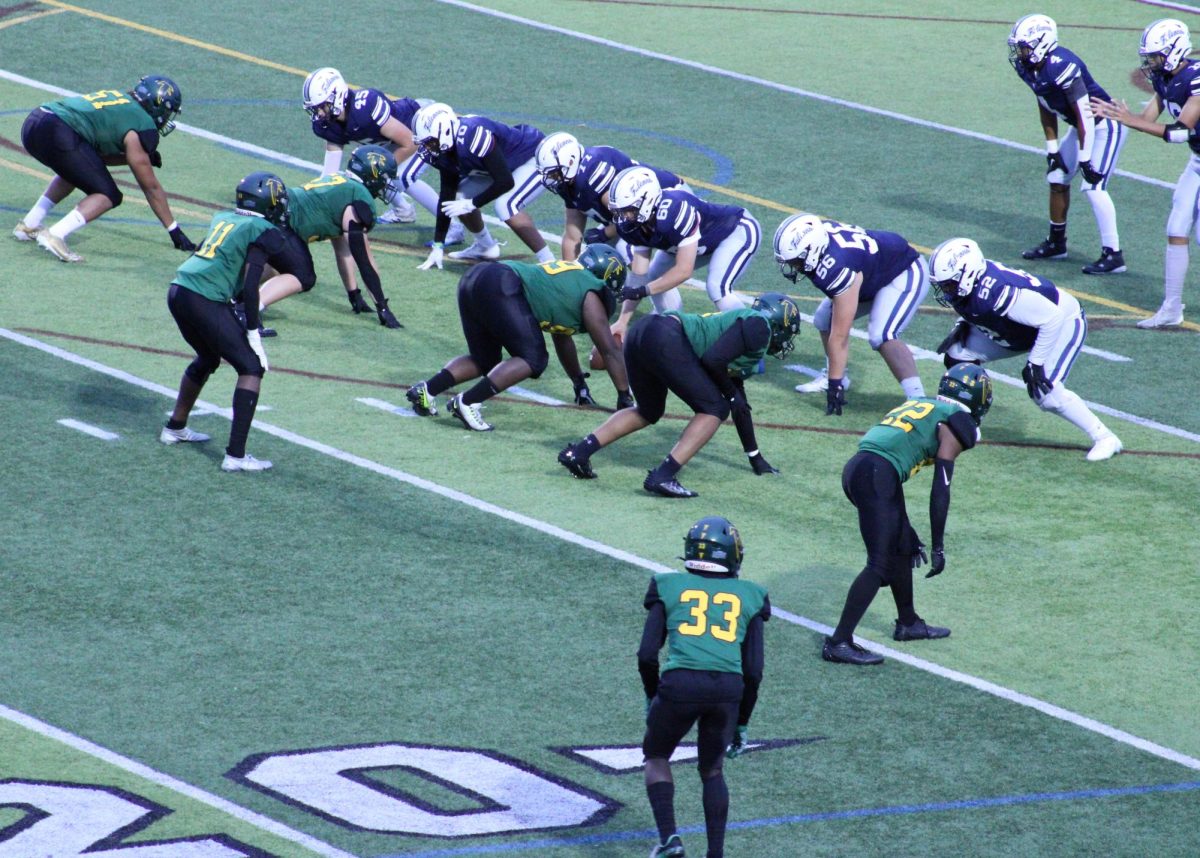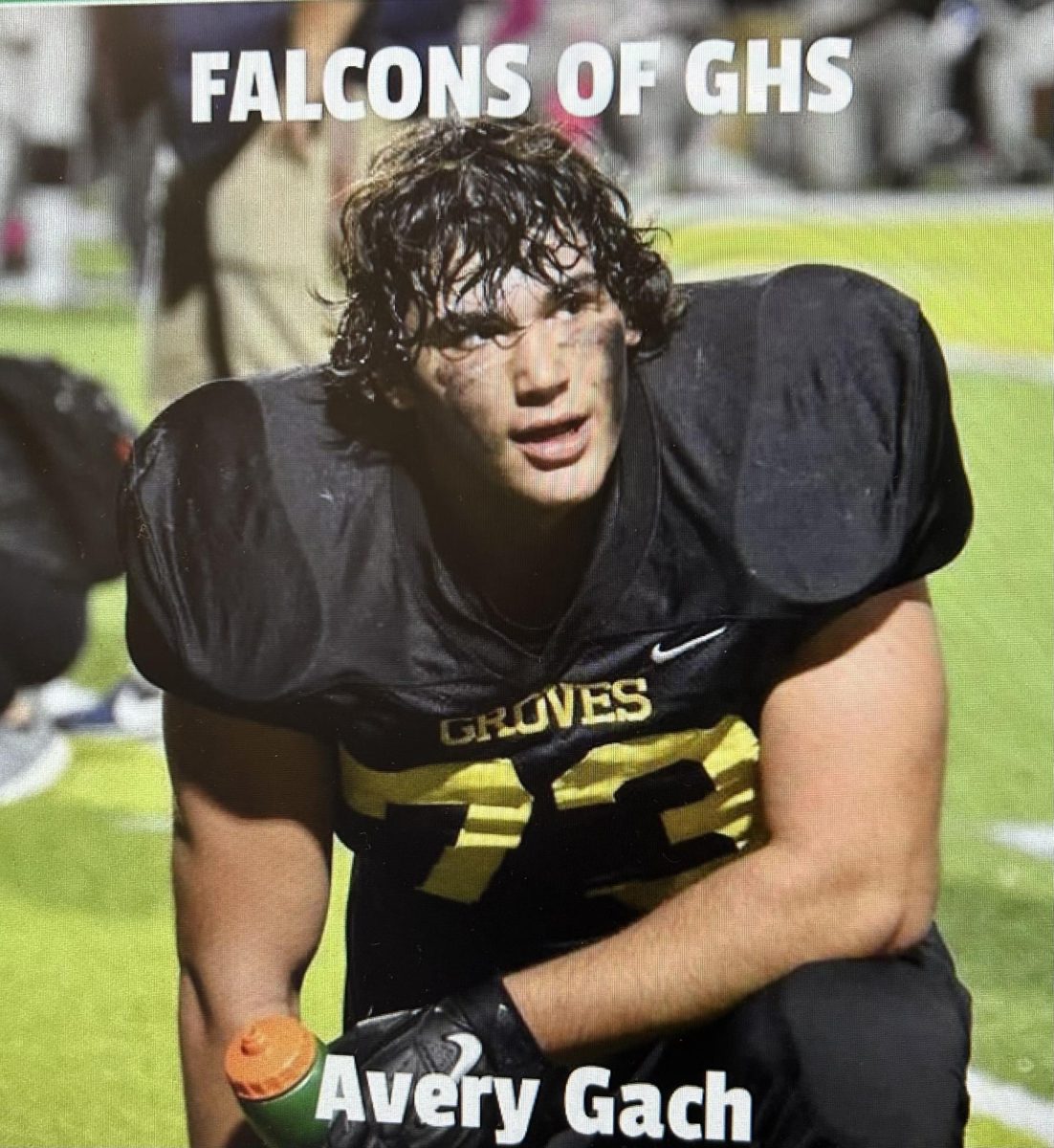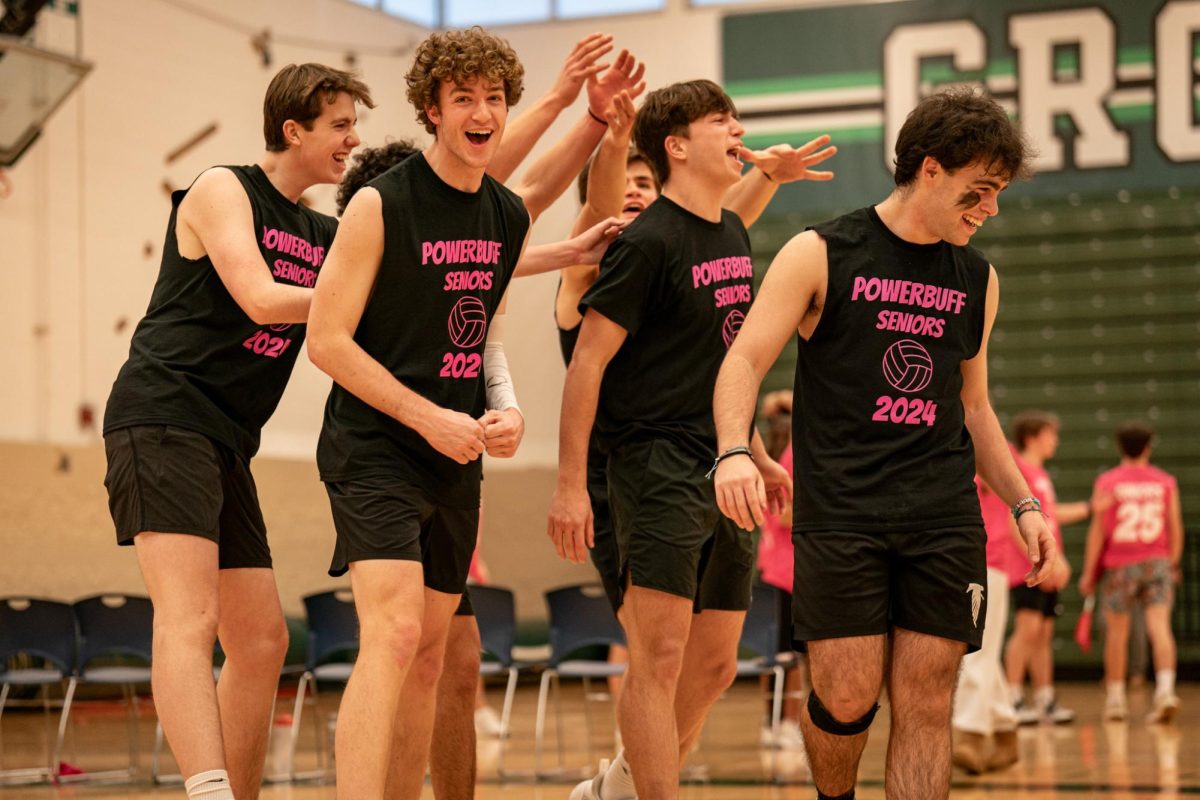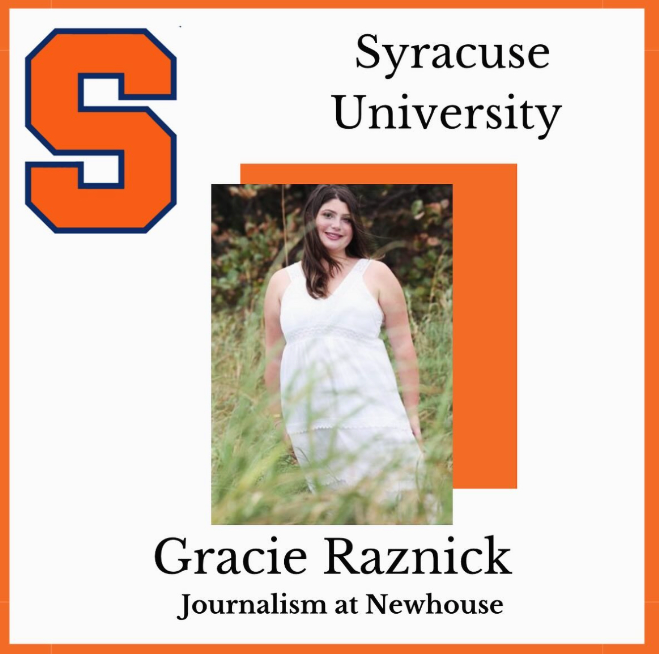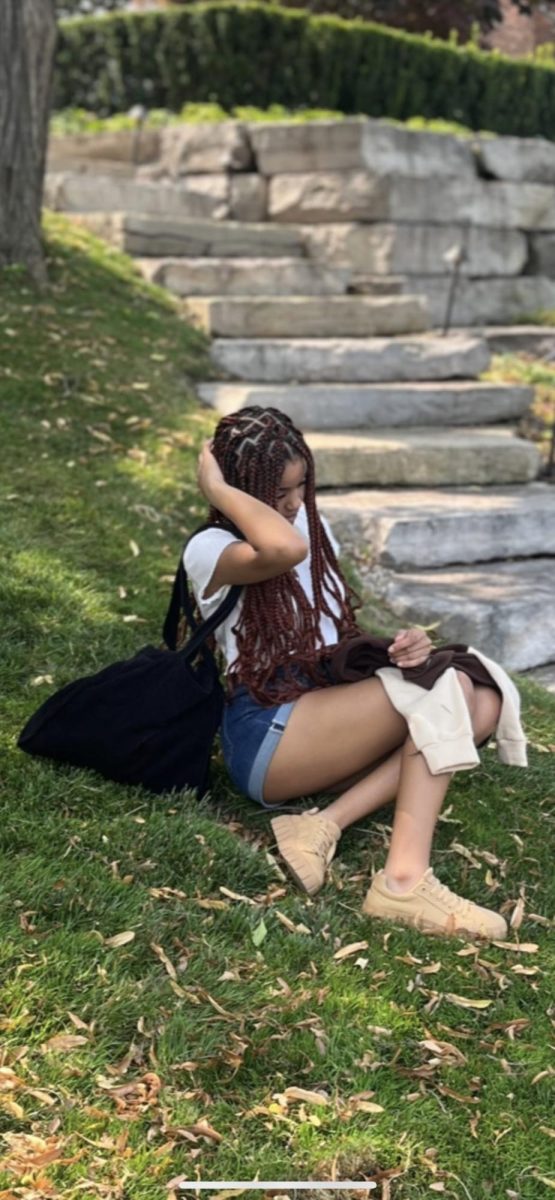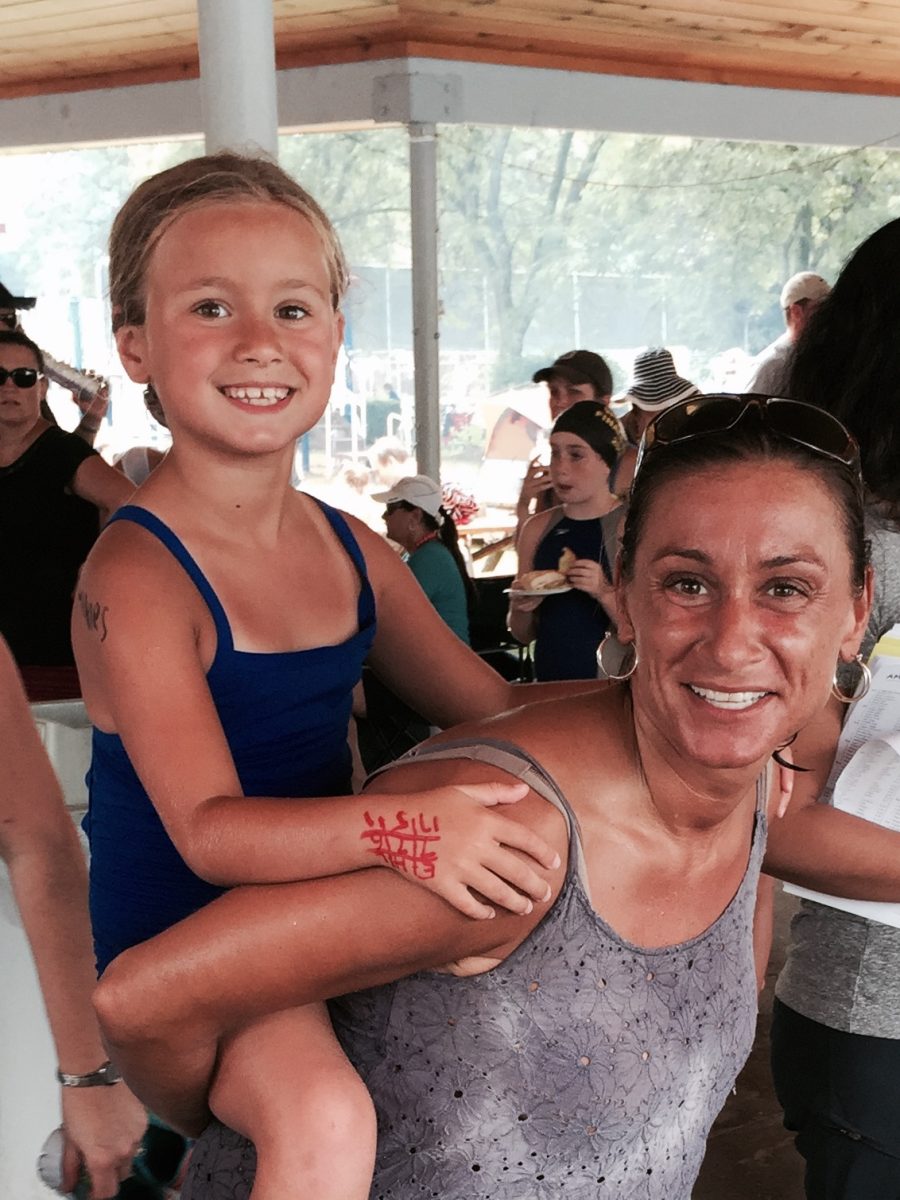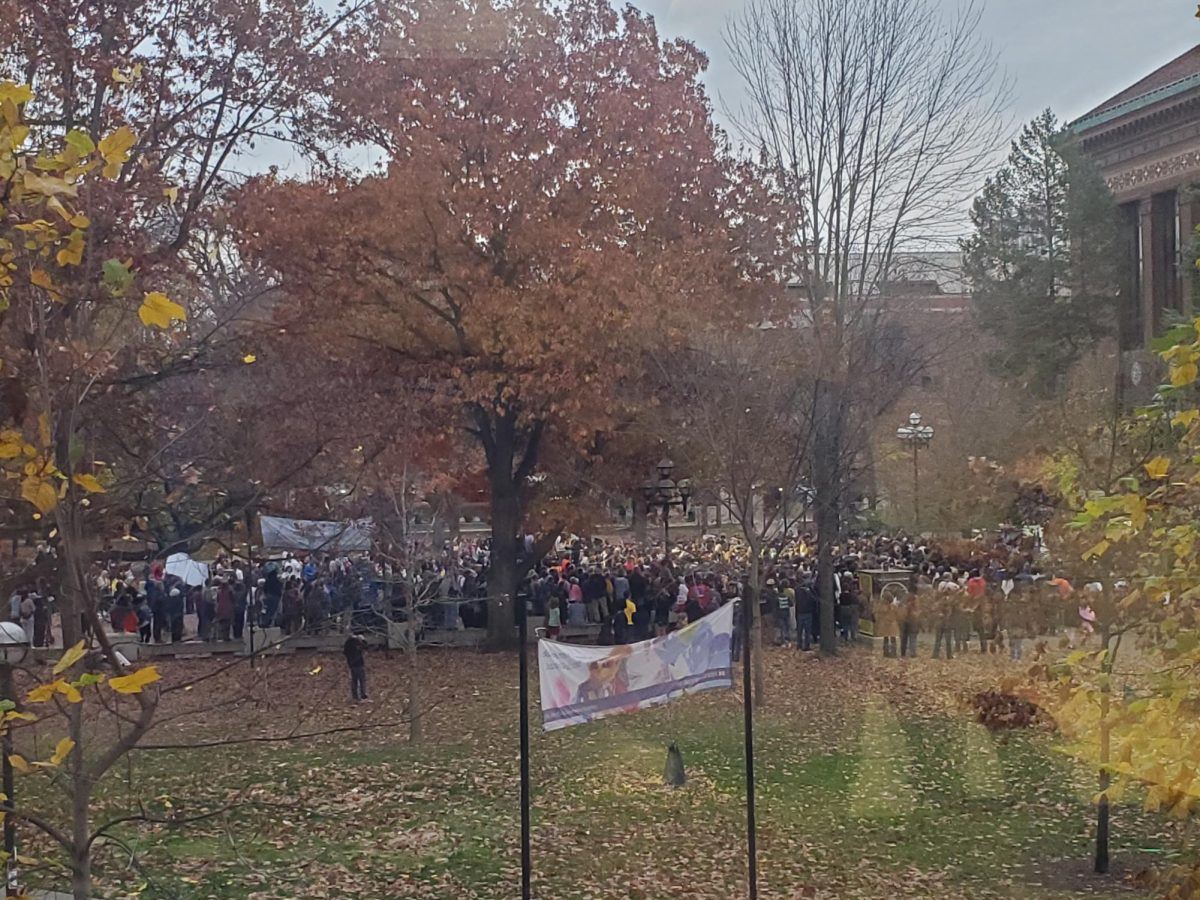What is a Swing State?
Not all political influence is created equal. Battleground states, in particular, attract more coverage, whether through political campaigns, advertising, or placing state issues on the national agenda, states are central in election politics.
“Swing states, also known as ‘battleground states’ or ‘purple states,’ are highly competitive states that have historically swung between voting for different parties in presidential elections,” Jessica Pearce Rotondi said, who’s an editorial writer and graduate of Brown University.
Rotondi explains three main factors a state should have to be considered a swing state.
First are population differences. “Urban areas tend to vote Democratic and rural areas tend to lean Republican,” Rotondi said.
The differences between city and rural areas can significantly impact the larger voting result of the state. Michigan voters can see this difference reflected in distinct democratic voter patterns around Detroit and Ann Arbor, compared to consistent republican turnout in areas more north.
“Political analysts recognize that the change of voters in Michigan has continued along the divide of rural versus urban,” Paul Van Erman said, who teaches U.S. Government and Politics at Groves High School.
“Michigan’s reflected in the balance of swing voters in Macomb County and Oakland County. And those two counties are opposites,”
Second is ideological polarization, the phenomenon of politicians getting more extreme and less willing to compromise.
Third is moderate politics, meaning that even if politicians are polarized, a state with a large number of moderate or centrist voters will make the voting difference narrow.
The Scope of Swing States in National Politics
“Michigan is what was called the blue wall, which was supposed to stop Donald Trump from winning in 2016. When the blue wall, Michigan, Wisconsin, and Pennsylvania fell…her fate was sealed,” John Lawson said, the current co-director of Debate and former Social Studies Department Head at Groves High School.
Swing states could be a tipping point for any candidate’s election process. Whether Republican or Democrat, a presidential candidate’s resources should ultimately be invested in such battleground states. Winning or losing a swing state can tip the favor for one candidate over another, and ultimately decide the result of a presidential election.
“If either party were smart, they would come to Michigan,” Geoff Wickersham said.
A presidential candidate’s ability to appeal to voters in swing states is a key strategy that paves the way for political battles.
Placing Michigan Politics in History
Michigan is nationally recognized as being one of the critical “swing states”. Therefore, Michigan’s electoral vote cannot be consistently given to either party. This has become more accurate during the last few election cycles. Though there have been consecutive election cycles of the state voting blue or red, Michigan spends a significant amount of time alternating between the two parties.
Recent records show Michigan voted democratically from 1992 to 2016, where the state flipped red in favor of former President Donald Trump.
Michigan’s electoral votes have also remained stable in the previous decade, with a downturn around 2010 when the state population decreased, causing a dip in electoral power. Despite being temporarily put to the side, Michigan has now become one of the most influential states.
Addressing Michigan’s Key Issues
Two presidential candidates have targeted their campaigns toward Michigan voters: The current president and incumbent, Joe R. Biden, and the former president, Donald J. Trump.
The first and most recent issue is the Israel-Palestine war. President Biden, as the Commander in Chief, has the final say in any military action or aid towards the war. His choice of which foreign policies to push for will have larger implications for voters in many states, especially Michigan.
“Biden’s trying to get a message by putting at least some pressure on the current Israeli government of Netanyahu, to agree to, at least, temporary ceasefires for hostages, to come up with an endgame for the war in Gaza,” Lawson said. “I’m sure he and his campaign are aware of the political ramifications of moving in that direction.”
The Democratic party has consistently sent strong messages to Michigan voters, as proven by the popularity of the current Michigan Governor, Gretchen Whitmer. Disruption to the party’s campaign could stifle the strength of its message in the upcoming presidential election
“The war in Gaza has been very divisive for our party,” Celinda Lake said, a veteran Democratic pollster. “Particularly the younger end of our party for Arab American Democrats.”
Muslim and Arab voters, however, are only a small part of the voters in Michigan. Several other issues have Michigan polls in a vulnerable position. Voter turnout will likely be contingent on a candidate’s endorsement of reproductive rights, LGBTQ rights, and UAW policies, just to name a few.
Michigan’s voter turnout and political engagement
Nothing is more important to the election than encouraging voter turnout. Through the 2016 election, Michigan’s key voting blocks have been people of color, young voters, and middle-class women. The political engagement and community organizing of these groups have a significant effect on how politicians target their campaigns and push for state-specific legislation. Any politician worth their votes has to pitch to these communities to best accumulate local support.
People of color, especially Black and Arab Americans are critical voting groups for President Biden’s re-election campaign. The Democratic party has historically relied on people of color supporting them in the primaries and November election.
“Black women are the most loyal Democrats — 93% of them voted for Biden in the 2020 presidential election”, according to AP VoteCast, a national survey of the electorate.
If Michigan has any hope of maintaining its place in the “blue wave”, the presidential candidates need to focus on campaigns and policies that affect Black and Arab voters to secure their votes in upcoming elections.
Young voters are by far the most likely to sway the polls in Michigan.
“Michigan is now ranked number one amongst all states for the 2022 turnout of young voters between the ages of 18 and 27, which is remarkable,” Van Erman said.
The participation of young people in politics has increased recently compared to previous election cycles. As the presidential campaigns continue, it’s obvious how imperative it is to candidates that they have the popular vote of young adults.
“Young people are worried about housing insecurity, food deserts, joblessness, a racist police system, and mountainous student-loan debt,” wrote Andre Gee, a Brooklyn-based writer from Washington, DC.
Candidates in the race will have to center their appeals around these core issues if they want to gain an edge.
Suburban women are a particularly notorious voting block in recent election cycles. When Michigan flipped blue on three levels of the state government during the previous midterm, it became obvious that political outreach would have to address abortion and reproductive rights. Voter turnout will fluctuate in tandem with the candidate’s position on reproductive rights.
“The fact that Michigan has passed a lot of legislation through referendums and the state legislature to protect reproductive rights is very important,” Lawson said.
These Michigan voting groups are not mutually exclusive. The political pitch towards people of color, young voters, and suburban women should first consider the overlap between the groups and what outreach efforts should be taken to secure the election.
Putting the Michigan Primary in Context of the Presidential Election
The Michigan primaries, which occurred on Tuesday, Feb. 27th, finally reported which candidates will be on the Michigan ballot in November. Trump and Biden respectively had their primaries, but not without notable opposition,
In a New York Times Article written by Reid J. Epstein, who covers campaigns and elections from Washington, and Shane Goldmacher, who is a national political correspondent covering the 2024 campaign, the “impact of Michigan primaries is put into a national context.
First, as many national political scientists predicted, Arab American voting had a large sway in the primary and the structure of the Democratic primary.
“13 percent of primary voters had chosen “uncommitted”…represented more than 100,000 people in Michigan,” wrote Epstein and Goldmacher.
Second, is the obvious disinterest of Michigan voters in both candidates. Michigan, as a battleground state, is one of the most accurate predictions of the Presidential election. Disinterest in both candidates is likely to signal an upcoming ripple effect of apathy that will be reflected in other state primaries.
“We saw that in 2016. Many people stayed home or voted for a third party in 2016 because they couldn’t stand either candidate,” Wickersham said.
Third, the primary results cemented the campaign’s urgency to target young voters. Students and young adults, who have consistently voted blue, are participating in increasingly politically damaging activism against the Biden administrative policies.
“While no other battleground states have Arab American communities the size of Michigan’s, they all have college towns where young, progressive voters are angry about American support for Israel,” wrote Epstein and Goldmacher.
Staying engaged into 2024
Ultimately, it’s up to the individual to be civically responsible and participate in politics. The role and scope of Michigan in the election are on the shoulders of voters. Voter turnout and engagement will inevitably be the biggest factor in any election. So, what are the best ways to stay engaged?
“Traditionally, it’s engagement through media, consuming media, and then awareness of issues and candidates is developed through media sources into motivational factors like joining a party or joining an interest group,” Van Erman said.
Political polarization has been rapidly increasing. This is why another key tool to thoroughly engage with the media is to expand media literacy and look into multiple sources of information.
“Listen to the candidates’ speeches and what they’re saying. Get out of your news bubble…if it makes you angry, then okay, whatever, but at least you know and understand,” Wickersham said.
Making informed, educated political decisions that critically analyze a candidate’s policies, or lack thereof, is key to holding politicians accountable. Responsible voter engagement and enthusiasm toward elected officials build the bones of our democracy.

